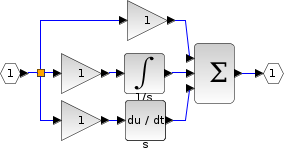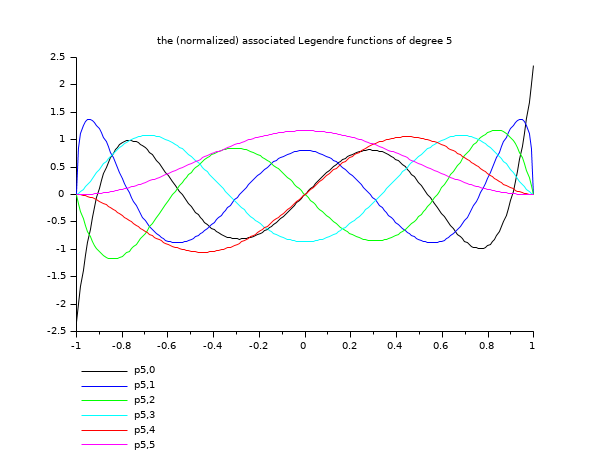


Scilab derivative how to#
How to rename files and folder in Amazon S3?Īccording to these questions, this is true across various language apis, including the aws command line tools (the mv command warns that it just copies), and the online gui (the rename action copies as well).Boto3/S3: Renaming an object using copy_object.An endless amount of answers here on SO indicate that the best you can do is copy the object, then delete the old one. It seems you cannot rename an object on s3. The equations for a discharge front propagating in the gas when the switch is turned on.the rst derivative when the variable x is a simple scalar. The most simple calling sequence of this function is J derivative ( F, x ) where F is a given function, x is the point where to compute the derivative and J is the Jacobian, i.e.

Scilab derivative download#
Once the potential is turned on, there is a bifurcation transition and the system moves from dark to light state - but small potential fluctuations might be enough to drive it back below the bifurcation threshold. Calculus Derivative Notes CBSE Class XII Students by Arun Umrao Download pd Basic Integration Notes CBSE Class XII Students by Arun Umrao Download pdf. With the potential off only the dark state exists and is globally stable. I think that the lamp (with potential on) is a bi-stable system where the current-carrying "bright" state has larger basin of attraction than the dark state with no atoms ionized and no current flow (this might be actually unstable). Function creation takes place in Scilab in two ways: the first is simple but limited. This question asks why a gas discharge lamp is blinking and making a noise when it is turned on. The command to calculate the derivative of a polynomial is derivat.
Scilab derivative code#
Start with input expressions like 'x' or 'x 2" or 'exp(x)' to confirm your code works then try more difficult things.Roger Vadim Asks: Dynamic equations for a gas discharge lamp If you have some symbolic toolbox differentiate or like you try here to generate a vector and differentiate numerically. You need to handle your user input - convert the contents of the string into something that can math. try a google for "matlab,my question" to access the online help which is very good. plenty of examples in the user base of other ways. I store functions in seperate files and call them from the script. I do not see where you called your new function, so is possible you never use the string in the first place. Your error messages are all the ways we can not take a derivative of a string. Everytime your function sets idk as a string. Your problem is probably setting z as a string input and need to convert the expression from a string into something useful for math. Why choose x and z for your two variables? By convention choose x and y then use z for a third dimension of the data, it will make things easier later in learning. *** is a comment ?! comments are noted by % I do not know scilab, you are in the wrong sub.īut for matlab "endfunction" should be "end".


 0 kommentar(er)
0 kommentar(er)
